Imagine living in the heart of a bustling city, where the pulse of urban life is ever-present. Now imagine that within your apartment, the chaos outside is reduced to a mere murmur.
This isn’t a feature of some futuristic abode but the reality of living in a concrete apartment. The question then arises: How soundproof are these concrete sanctuaries?
Our journey through the acoustic capabilities of concrete reveals a blend of material science and architectural savvy.
Concrete isn’t just a structural heavyweight; it’s a key player in silencing the cacophony of the external world.
Let’s dive into how concrete contributes to the tranquility of your living space, examining its effectiveness in muffling the metropolitan melody that surrounds us.
Understanding Soundproofing in Buildings
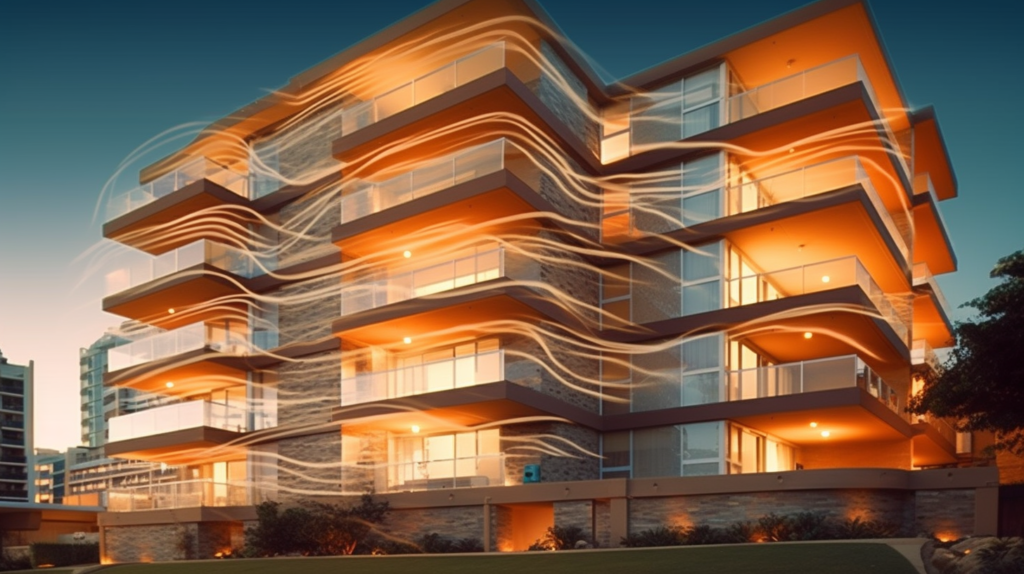
Soundproofing is a critical factor in the design and construction of living spaces, often dictating the comfort and privacy of inhabitants.
It is a complex process that involves the use of specialized materials and construction techniques to impede the transmission of sound from one area to another.
The effectiveness of soundproofing is measured by its ability to reduce noise, which is a mixture of sounds of different frequencies.
To understand soundproofing, it is essential to recognize that sound travels in waves, much like ripples on a pond, and when these waves encounter obstacles, they can be absorbed, reflected, or diffused.
The science of acoustics, which is the study of sound and its behavior in various environments, informs the principles of soundproofing.
The behavior of sound is influenced by the room’s dimensions, the presence of hard surfaces, and the materials used within the space.
Hard surfaces can reflect sound, causing echoes, while softer materials can absorb sound, preventing it from bouncing around a room.
In a building, soundproofing strategies must address both airborne noise, like music and speech, and structure-borne noise, such as the vibrations from machinery or footsteps.
ffective soundproofing requires a comprehensive approach that considers all the ways in which sound can travel and be controlled.
The Role Of Concrete In Soundproofing
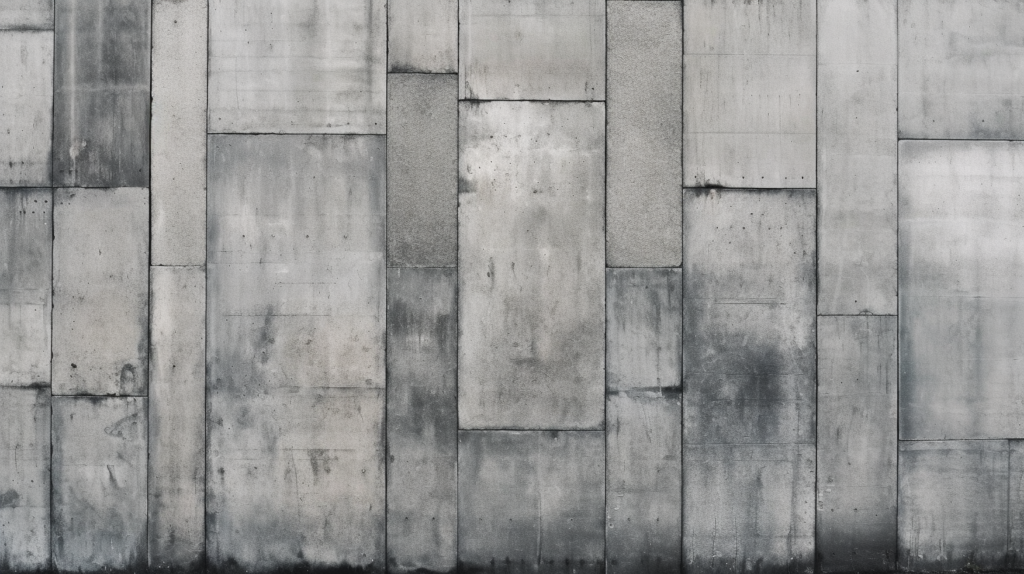
Concrete stands out as a highly effective soundproofing material, not only for its robust physical properties but also for its cost-effectiveness.
When it comes to meeting the Sound Transmission Class (STC) requirements set out in building codes and regulations, concrete provides a reliable and economical solution.
Its ability to dampen sound is largely due to its mass, as sound waves are attenuated when they encounter the dense structure of concrete, making it harder for noise to penetrate through to the other side.
The cost-effectiveness of concrete is particularly important in large-scale construction projects where budget constraints are a significant consideration.
Concrete’s relatively low cost, combined with its soundproofing abilities, makes it an attractive option for developers and builders.
By using concrete, they can create quieter living environments without significantly driving up construction costs.
airborne noise, which accounts for approximately 70% of the noise pollution we experience in our daily lives, includes sounds like voices, music, and traffic.
These are the types of noise that concrete walls are especially adept at blocking. The material’s density interrupts the path of sound waves, significantly reducing the amount of noise that transfers from outside to inside.
This property makes concrete an ideal material for constructing buildings in busy urban areas where there is a constant barrage of airborne noise.
In addition to its inherent sound-dampening mass, concrete’s versatility allows for various treatments and modifications that can further enhance its acoustic properties.
Textured or porous surfaces on concrete can diffuse sound waves more effectively than flat, smooth surfaces.
This scattering of sound waves reduces the echo and reverberation within a space, contributing to a quieter and more comfortable environment.
Moreover, the role of concrete in soundproofing extends to its integration with other building materials.
When combined with insulation materials, such as mineral wool or acoustic foam, concrete’s soundproofing capabilities are significantly improved.
These combinations provide a dual-action solution where the concrete blocks the sound, and the insulation absorbs it, dealing with a wide range of frequencies and improving the overall STC rating of the structure.
Advantages Of Concrete Apartments For Noise Reduction
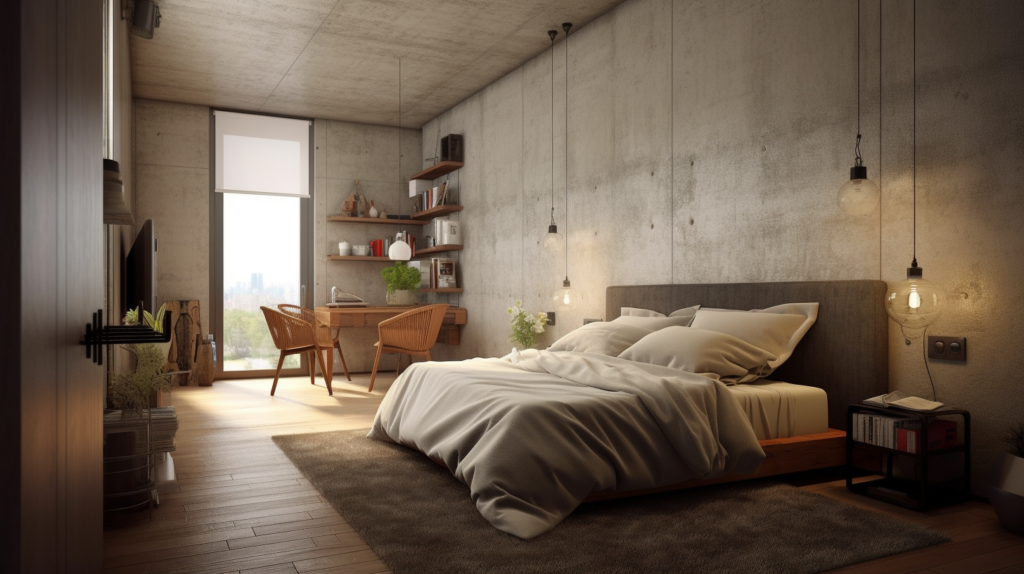
The substantial mass of concrete is highly effective in reducing the transmission of low-frequency noise, such as the hum of traffic or the drone of an airplane overhead.
These low-frequency noises, which are more difficult to block due to their long wavelengths, are effectively dampened by concrete’s mass and density.
As a result, concrete apartments can offer a reprieve from the relentless low-frequency noise noise that often pervades cityscapes.
Concrete’s advantages in noise reduction are not limited to its mass. The structural stiffness of concrete also plays a role in dampening vibrations that can transmit noise.
This is particularly important in multi-story buildings where footfall and other impact noises can be transmitted through the structure.
The rigidity of concrete can prevent the building itself from becoming a conduit for these vibrations, thereby maintaining a more acoustically stable environment within each apartment.
Limitations Of Concrete In Sound Isolation
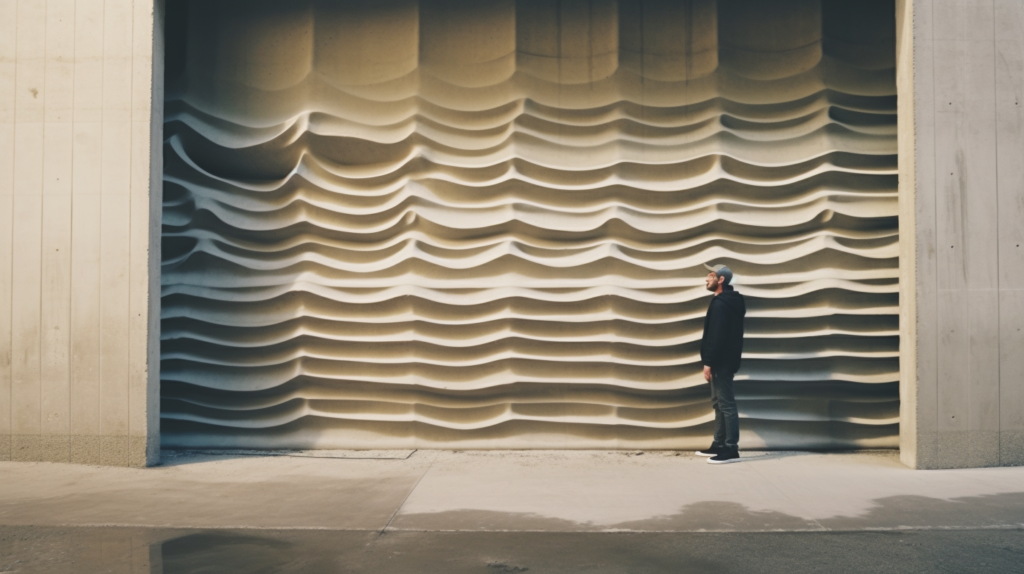
While concrete’s density and mass are beneficial for dampening sound transmission, particularly for airborne noise, its rigidity can be a disadvantage when it comes to structure-borne noise.
Vibrations from footsteps, elevators, or mechanical equipment can cause the concrete itself to vibrate and become a medium for sound transmission.
This is particularly true in multi-story buildings where the impact of foot traffic, or even the movement of appliances, can be felt and heard throughout the structure.
The connectivity of concrete within a building means that vibrations can easily spread from the point of impact to other areas.
For instance, a door slamming or heavy items dropping on a concrete floor can send shockwaves through the structure.
These shockwaves can travel far beyond the immediate vicinity of the noise source, potentially affecting residents on different floors or in different units of the apartment building.
Flanking transmission is another critical concern where noise bypasses the main soundproofing barrier via alternative paths.
These flanking paths can be complex and numerous, encompassing spaces between walls and floors, gaps around doors and windows, and penetrations for electrical and plumbing systems.
Even the best-designed concrete walls and floors can be undermined by these indirect pathways, which allow sound to circumvent otherwise soundproof barriers.
Additional soundproofing measures must be taken to mitigate the transmission of structure-borne noise.
These can include using resilient underlayments to decouple the finished floor from the concrete slab, using acoustic breaks or isolation joints in the structure, and installing floating floors and ceilings.
Such measures are designed to absorb and interrupt the path of vibrations, reducing noise transmission through the concrete.
How To Soundproof Concrete Structures
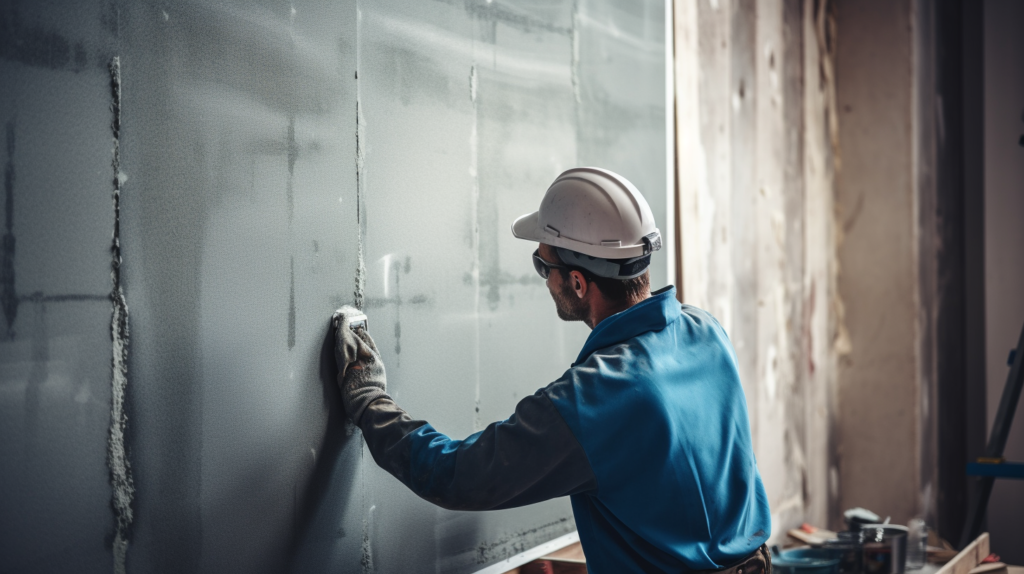
Concrete structures have poor soundproofing against structure-borne noises, which warrants decoupling in the soundproofing stack.
Here is how you could decouple your concrete apartments against structure-borne noises.
The Importance Of Insulation Materials In Soundproofing
Insulation materials are critical in achieving effective soundproofing, particularly in complementing the mass of concrete.
These materials are adept at absorbing sound energy, converting it into heat, and reducing the transmission of noise.
They can be particularly effective at addressing mid to high-frequency sounds, which concrete may not block as effectively on its own.
Different insulation materials have different sound absorption profiles, which can be tailored to the specific soundproofing needs of a space.
For example, soft materials like fiberglass are particularly effective at absorbing high-frequency noise, while heavier materials like rock wool can help block lower-frequency sounds.
The placement of these materials within a building’s structure is also critical. They can be installed within walls, above ceilings, and beneath floors to maximize their sound-absorbing effects.
Soundproofing Concrete Walls
Effective soundproofing of concrete walls typically involves the addition of layers and materials that enhance the natural sound-blocking capabilities of the concrete.
Adding a stud framework to the existing concrete structure creates a cavity that can be filled with insulation materials, providing an additional barrier to sound.
The type of insulation used can vary, but materials with a high Noise Reduction Coefficient (NRC) are preferred for their ability to absorb sound.
The use of resilient channels is a technique in soundproofing. These channels are designed to reduce the transmission of sound vibrations between the building structure and the drywall.
By decoupling the drywall from the studs, the channels break the path that sound waves typically follow, reducing the amount of noise that can pass through the wall.
After the resilient channels and insulation are in place, a layer of drywall is added, and all seams and junctions are sealed with acoustic caulk to prevent sound leaks.
Soundproofing Concrete Ceilings
The approach to soundproofing concrete ceilings is similar to that of walls but tailored to the challenges posed by overhead noise.
A common solution is to install a suspended ceiling, which can reduce the transmission of both airborne and impact noise.
The space between the original concrete ceiling and the suspended ceiling can be filled with sound-absorbing materials, such as acoustic tiles or batt insulation, which capture sound waves and prevent them from reflecting back into the space or transmitting to other areas.
For concrete ceilings, materials are selected based on their ability to address the specific types of noise that are most problematic.
Acoustic tiles, for instance, can be chosen for their performance characteristics, including their NRC rating and their ability to diffuse sound.
The installation of these materials in the cavity of a suspended ceiling helps to create a barrier that can significantly improve the acoustical comfort of the rooms below.
Soundproofing Floors For Better Sound Isolation
Floors are a critical area in soundproofing, particularly in multi-story buildings where impact noise can be a significant issue.
The installation of an acoustic underlay is a common method to improve sound isolation.
This underlay serves as a barrier to sound transmission and can be made from various materials, including rubber, cork, and specialized foams, each selected for its ability to dampen different types of noise.
Mass Loaded Vinyl (MLV) is a preferred material for floor underlays due to its density and flexibility.
It is effective at blocking a range of sound frequencies and is especially useful in reducing the transmission of impact noise.
When used in conjunction with a floating floor system, MLV can provide a comprehensive soundproofing solution that ensures the floor contributes to the overall quietness of the apartment.
Conclusion
Concrete stands as a beacon of quiet in the clamor of urban environments, offering a reprieve from the incessant noise of modern life.
Its mass and density interrupt the chaos of the city, ensuring that our private spaces remain undisturbed sanctuaries.
However, true silence demands more than concrete alone. It is the thoughtful integration of supplementary soundproofing techniques that transforms apartments into havens of tranquility.
The art of soundproofing with concrete is a delicate balance, one that acknowledges its limitations and celebrates its strengths.
As technology advances, so too does our ability to enhance the peacefulness that concrete provides.
his is the essence of urban living—finding serenity amidst the sound, comfort within the concrete, and quiet in the quarters we call home.
In the quietude of well-designed concrete structures, we discover not just a place to dwell, but a space to thrive, undisturbed by the world’s whispers and roars.
Herein lies the true harmony of contemporary construction—the silent symphony of urban life, beautifully muted by the power of concrete.
